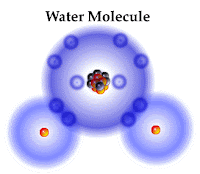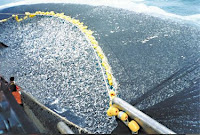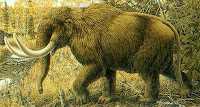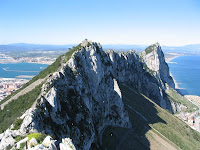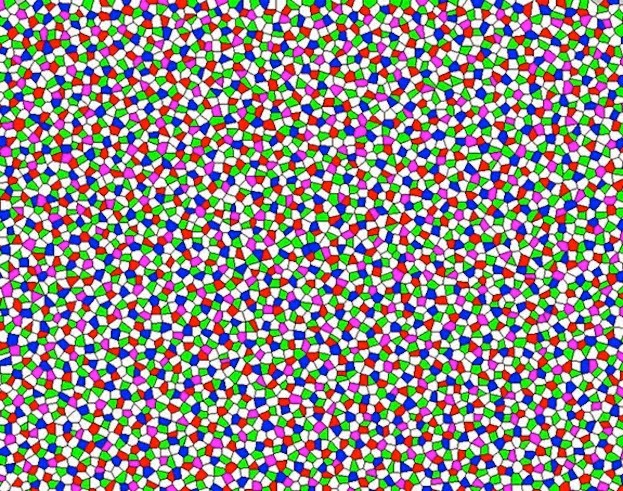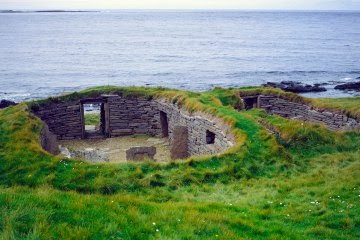
In order for an organisms to survive it needs to have all of the resources available that it's body needs. The habitat that it lives in must provide appropriate levels of water, light, temperature, and a supply of food. This appropriate combination of factors is called a "niche." Some organisms have developed adaptations that require them to be dependent on other organisms. Mutualism, an example of this, is when two species benefit from a relationship with each other. Ocellaris clownfish live in the tentacles of Ritteri sea anemones. The fish cleans the tentacles for the anemone and the anemone protects the fish from predators.
BlogWork
Watch the video about mutualism. Comment about the example of mutualism discussed in the film or go above and beyond and research another example of mutualism and comment on it.






